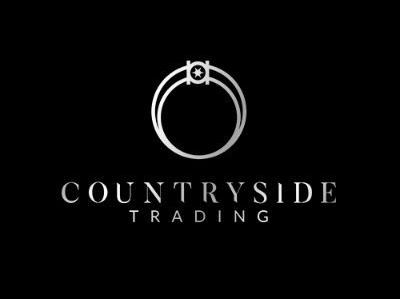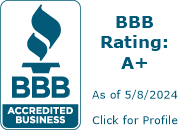History of Coinage
The history of coinage can be traced back to ancient civilizations, where various forms of currency were used for trade and commerce. One of the earliest known examples of coinage is from ancient Lydia, in what is now Turkey, where small pieces of electrum (a natural alloy of gold and silver) were stamped with a symbol or image and used as currency around 600 BCE.
The ancient Greeks and Romans also used coinage, primarily made of gold and silver, as a means of exchange. These coins often featured images of their leaders or gods, and served as a way to spread propaganda.
During the Middle Ages, many kingdoms in Europe began to mint their own coins. These coins were typically made of gold, silver, or copper, and featured the image of the ruler or a symbol of the kingdom.
In the Renaissance period, coinage developed further with the widespread use of engraving on coin dies which allowed for much more detailed and artistic designs.
In the 19th century, the Industrial Revolution brought new technology and machinery that made it possible to mass-produce coins more efficiently. Governments of different countries started to mint coins with a standard weight and purity, which facilitated trade and commerce.
In the 20th century, many countries began to phase out the use of precious metals in coinage in favor of cheaper metals like nickel and copper, or even paper money. Today, most countries use fiat currency, which is money that is declared legal tender by the government but is not backed by a physical commodity such as gold or silver.


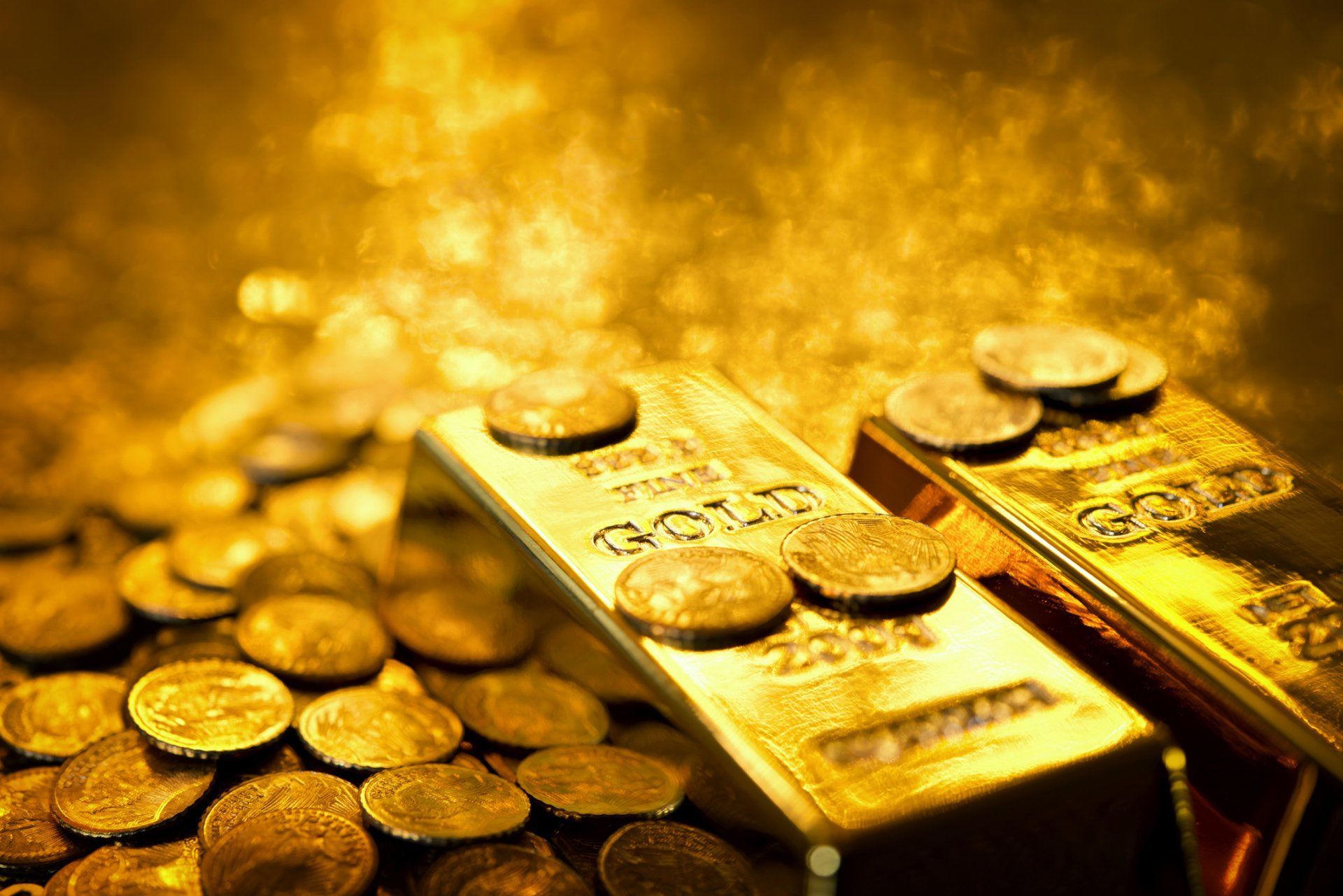
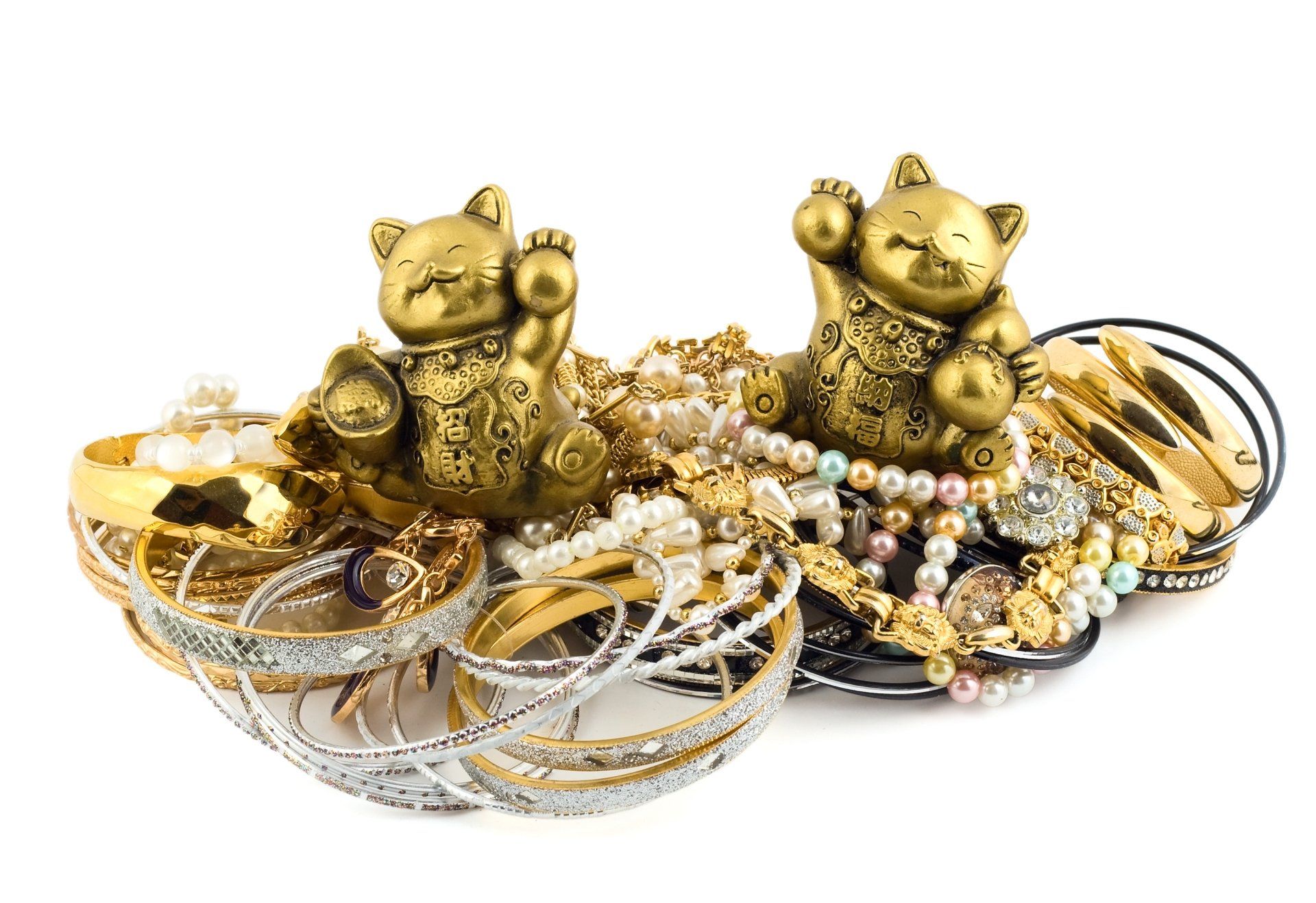
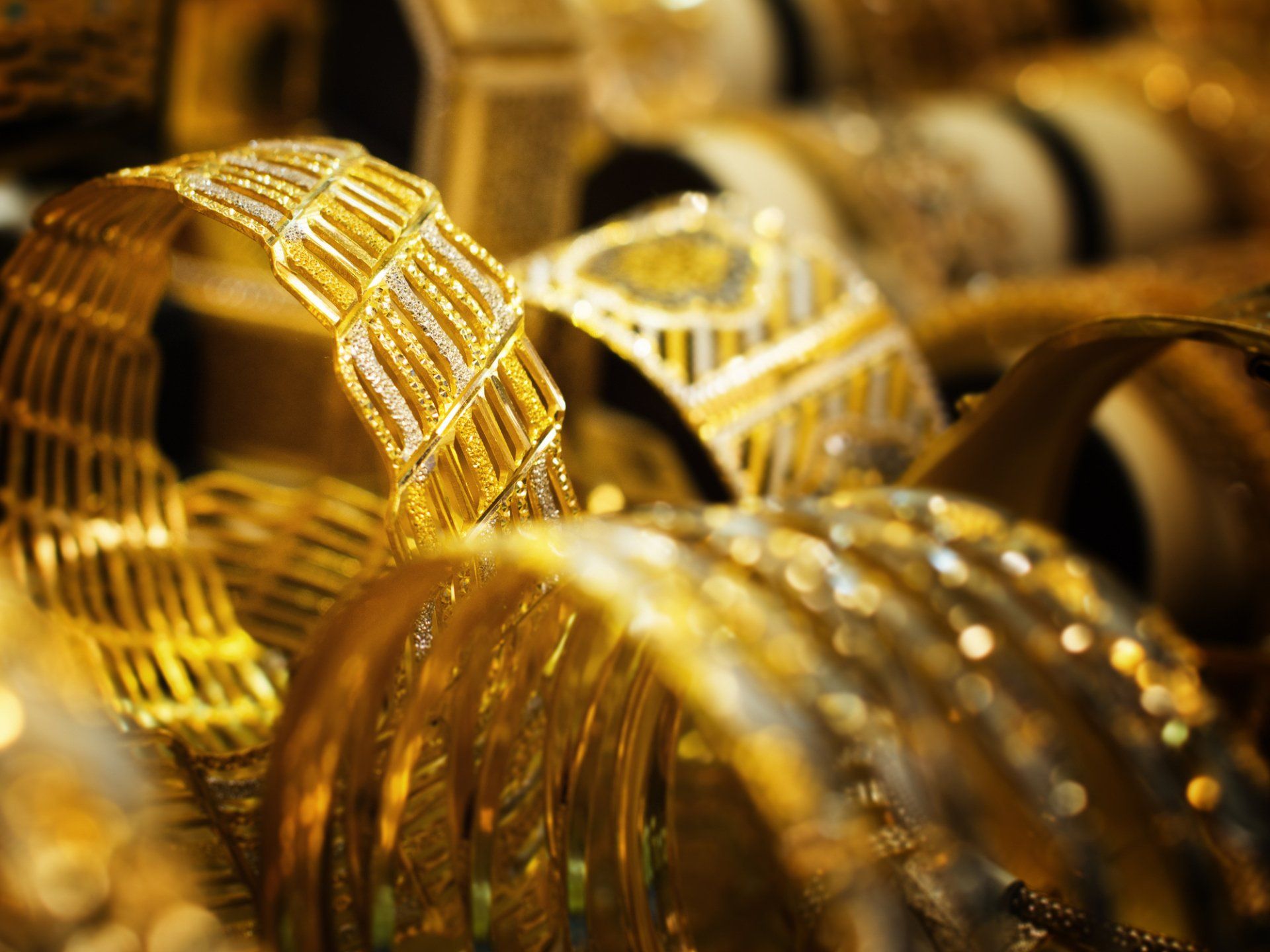
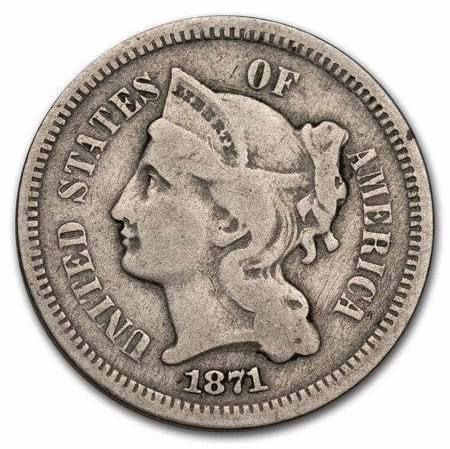
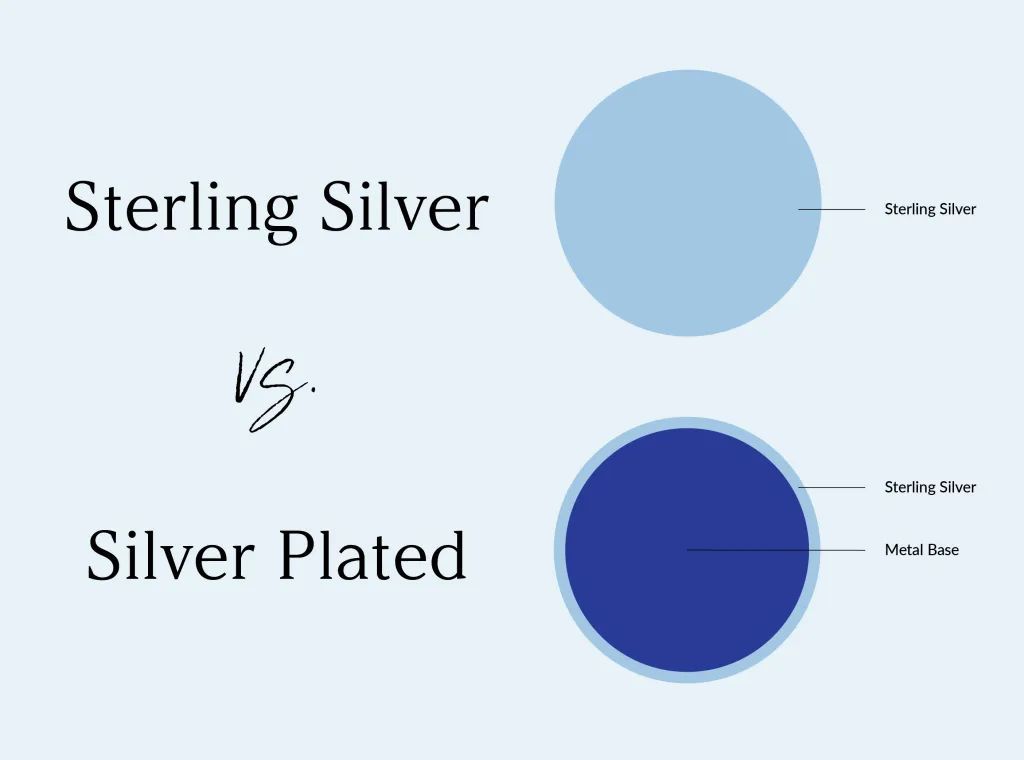


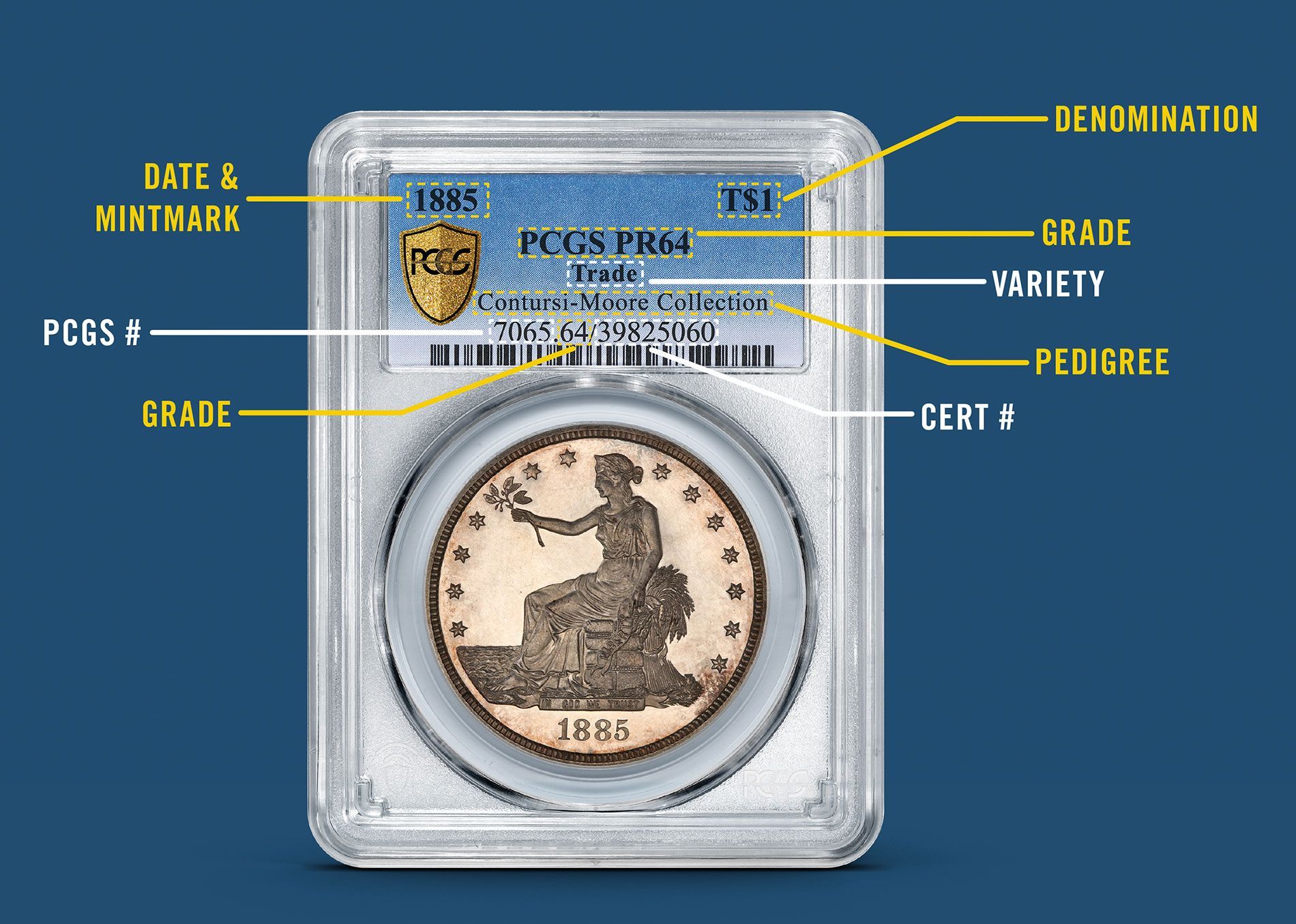
CONTACT INFORMATION
Address:
344 Massachusetts Ave. Arlington, MA 02474
439 Littleton Rd Suite 3 2nd Floor
Westford, MA 01886
BUSINESS HOURS
- Mon - Fri
- -
- Sat - Sun
- Appointment Only
PAYMENT METHODS




CONTACT INFORMATION
Address:
344 Massachusetts Ave Arlington, MA 02474
439 Littleton Rd Suite 3 2nd Floor
Westford, MA 01886
BUSINESS HOURS
- Mon - Fri
- -
- Sat - Sun
- Appointment Only
PAYMENT METHODS




CONTACT INFORMATION
Address:
344 Massachusetts AveArlington, MA 02474 /
439 Littleton Rd Suite 3 2nd Floor Westford, MA 01886
BUSINESS HOURS
- Mon - Fri
- -
- Sat - Sun
- Appointment Only
PAYMENT METHODS




